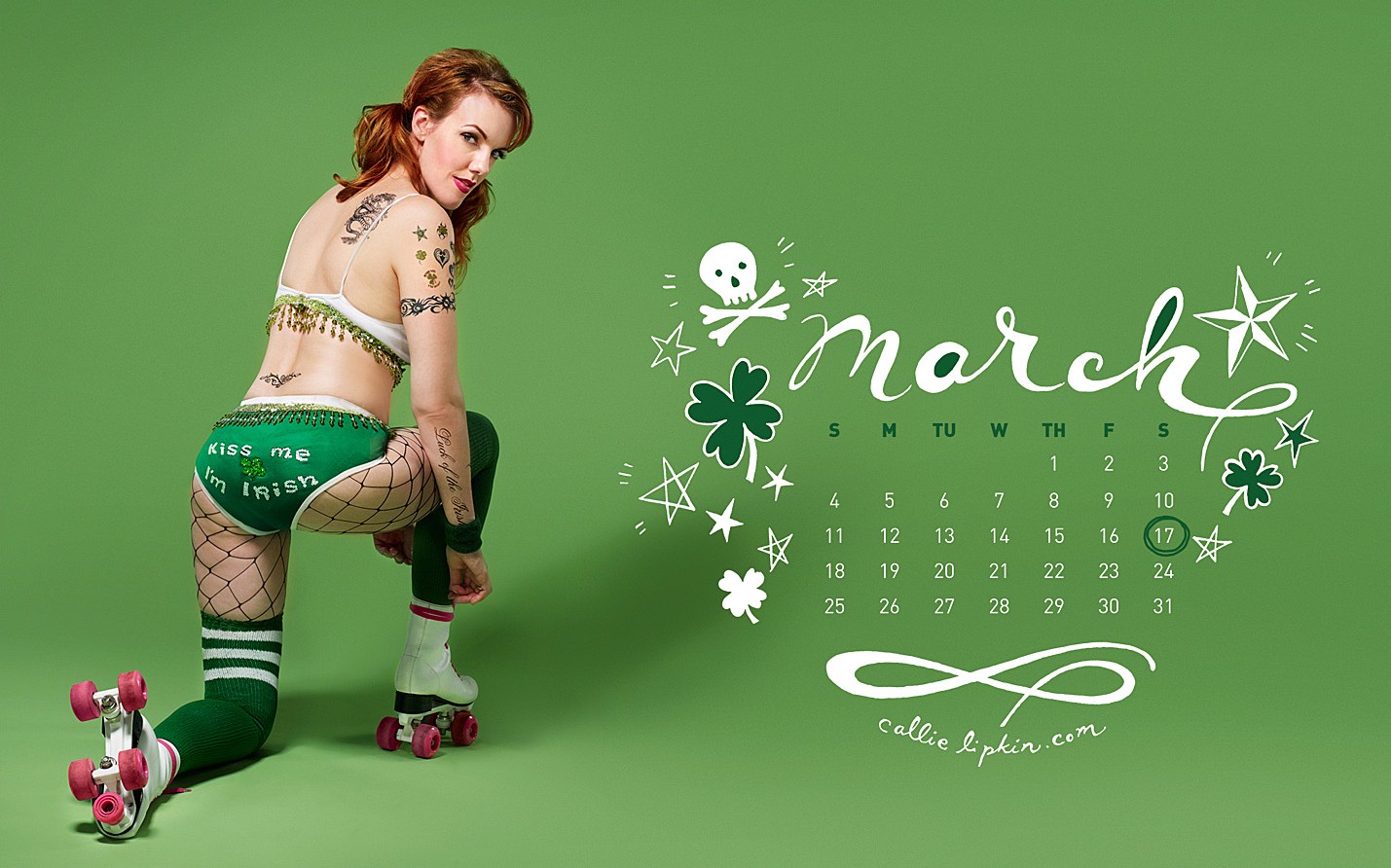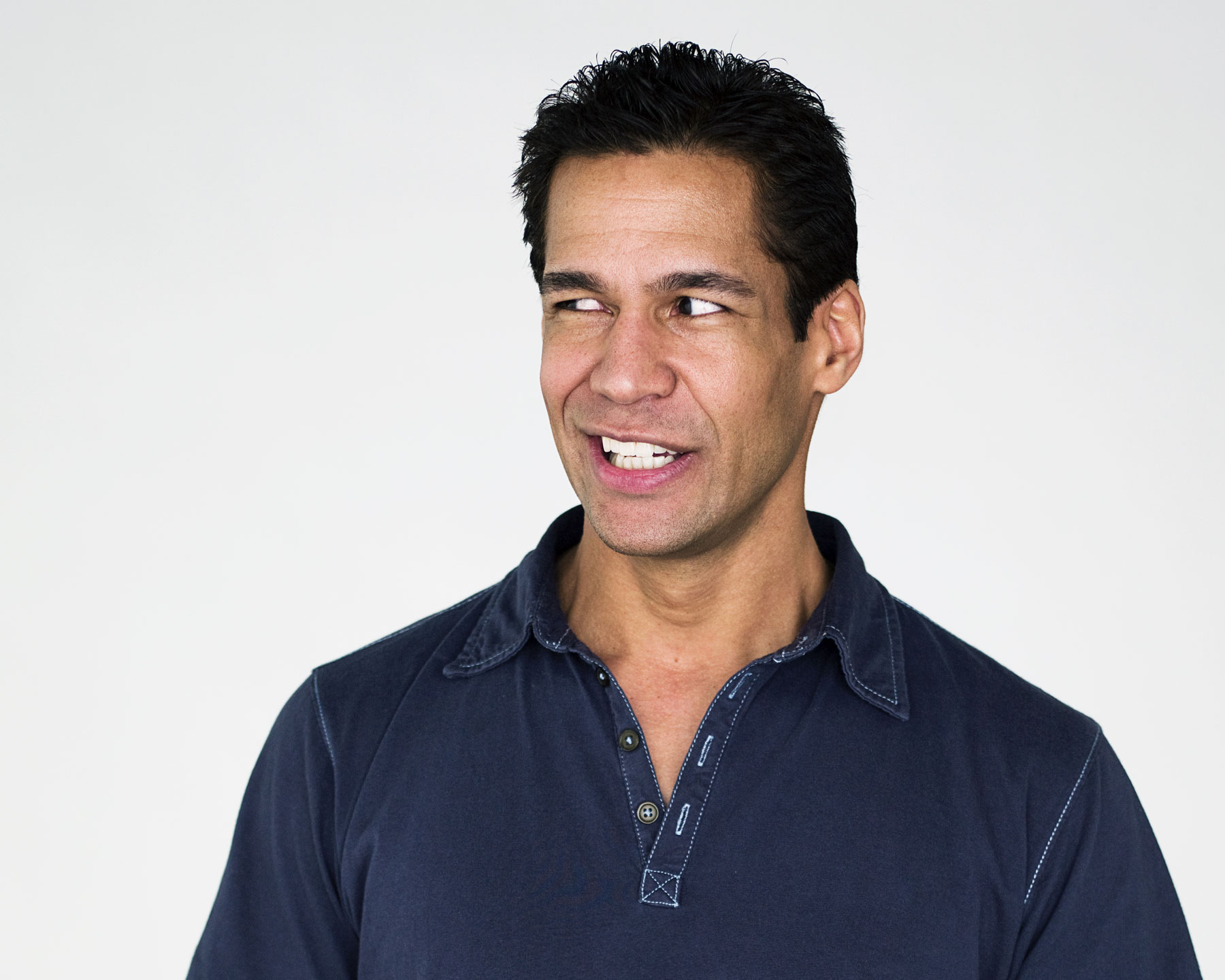Portfolio building is a very exciting but challenging venture. Since I tend to shoot a lot of groups of people on location in my lifestyle collection, adding new images involves a location, stylists, talent and assistants - all of whom are generous enough to want to collaborate on a project without client funding. Last week I produced a series of new images in this way and could not be happier with the results. Huge thanks goes out to all the cast and crew who helped make this happen. You can view more new images from the shoot by clicking the one below. Thank you!
New e-blast
New faces for spring. Enjoy!
Miss May
Now available for digital download - Miss May burlesque desktop calendar!
Click here to download now: desktop calendar page
A typical day
I recently got asked a series of questions from start up photog, Nick Murway. Here is the third and final blog featuring his Q and my A.
This is a tough one, partly because it’s not very exciting to answer (what percentage of you will make it all the way through this post?) and partly because there is no such thing as a typical day at the office for me. The only way I know how to answer this question is by listing out some of the things I do with guesstimates of amounts of time PER WEEK that either myself or Robert spend doing them:
Actually shooting, prelighting or scouting (2.25 days) – (this is the only one I can actually calculate!) Estimating new projects (1 day) Industry or technology research (0.25 days) Networking with clients or peers (0.25 days) Responding to calls or emails (0.5 days) Delivering files to clients (1.5 days)
- Editing
- Optimizing files (per job specification)
- Proofing
- Delivery (FTP or sending hard copies)
Producing projects that don’t have outside producers (.75 days)
- Communicating with clients and subjects
- Arranging insurance documents
- Setting up travel arrangements
- Booking crew
- Handing any other production needs based a job may call for (talent, locations, catering, production documents, etc.)
Marketing efforts (1.5 days)
- Planning/shooting for portfolio
- Managing database lists
- Planning and executing electronic and direct mail pieces
- Editing/printing/showing portfolio
- Blogging/social media updates
- Event planning
Bookkeeping & financial (.5 days)
- Paying bills
- Invoicing
- Depositing funds
- Recording and filing expenses
- Budgeting and planning
Studio maintenance/rental (0.75 days)
- Managing requests and rentals of our space
- Cleaning and maintaining the space
Archiving/copyright (0.5 days)
- Data entry and organization
- Converting file formats
- Maintaining supply of hard drives
- Purchasing/backing up hard drives
- Submitting new images for copyright protection
The biggest challenge is that both my shooting schedule and file delivery schedule can vary wildly. One week I may shoot 5 days out of town (or more) and have absolutely no time in the office. Another week I may not shoot at all. Some projects will take a whole week of file management after they are shot where others may only take a few hours of post. Some projects require multiple days of estimating. Its up to me to manage all the other things we do here around the elements that are constantly changing. The upside? Constant changes in my daily schedule keep me from ever getting bored. Congratulations – you read this whole post!
Miss April desktop calendar
Have you downloaded Miss April as your digital desktop calendar yet? Visit burlesqueproject.tumblr.com/calendar to download this lovely lady today!

New Portraits
Finding your voice
I recently got asked a series of questions from start up photog, Nick Murway. Here is the second blog featuring his Q and my A. NM: Starting out, what's one thing you would say to do that's crazy important?
This is a tough question because I think the specifics are really different for everyone. As you may have gathered from my last Q&A post, I am a big believer in the journey being the destination and being educated through mistakes. Having said that, I think one of the most absolutely critical things to a photographer’s success is understanding who they truly are as a person and what their unique vision and voice as a photographer is. Trial and error can definitely be part of this process.
In my experience, just living life and being in touch with what gets you excited about a project have been good first steps. This should be seen as a career-long process, not something you can put in your one to three year goals and expect to have it hammered out by then. Just as a photographer enjoys observing the world, those observation skills can be turned inside to see what makes you tick and what visual direction is going to make the most sense for you in your career.
Using my own career as an example, I started like many photographers do. I fell in love with photography while travelling (not unique), and then went to art school to study photography (also not unique). Along that path I also fell in love with photojournalism and worked as a photojournalist during several college internships and a few staff jobs shortly thereafter. None of this was exceptionally differentiating by the time I started my freelance career in 2001. But, over time, I started to look back at trends in my life and a few things stood out.
- I always loved being in the moment watching people move around in their environments and mapping out possible shots that might unfold in front of me.
- My photographic style thrives on chaotic situations or subject matter.
- I really enjoyed long term and multiple picture projects that had a lot of details to organize and think through.
- I was one of the only photographers at some of the papers I worked at who actually liked the challenge of shooting for the business sections.
- I have always been an idea person, never really lacking for inspiration.
These are just a few things that helped me learn about myself, specialize my work and develop my vision. They point directly to my ability to watch and relate to people and put them at ease, work well with corporate clients, and work with clients who value my creative input and process. Both my photojournalism background and my love of production and details have made a perfect match of clients who need to create real looking, slice of life images with limited time frames, tricky schedules, and precise layout needs. My people skills translate into directing people to look natural in a studio environment.
The point really is to get to know yourself over time and find out what skills you have beyond just point and click. Then, you will be laying the foundation for what your brand of photography will eventually be.
Miss March - now available for digital download
Visit burlesqueproject.tumblr.com/calendar to download a festive new desktop calendar for the month of March.







